Guest post by Assaf Moghadam.
In recent years, scholars have devoted increased attention to cooperation among militant actors. These scholars were prompted in part by the prevalence of civil wars and insurgencies in places like Afghanistan, Iraq, and Syria, which have seen numerous coalitions among myriad rebel groups. Other studies have been driven by the ongoing threat posed by terrorist groups such as Al Qaeda and the Islamic State, whose danger derives in part from their ability to forge partnerships with like-minded groups.
There are good reasons for conflict scholars to explore the topic of cooperation between terrorist groups: research has shown that mutual collaboration among terrorist groups boosts their capacity and performance. Terrorist inter-group cooperation increases these groups’ longevity, level of violence, lethality, and ability to adopt innovations, and hence improves their bargaining leverage vis-à-vis their targets. Terrorist cooperation also matters because it defines and underlies much of the contemporary threat posed by terrorism.
But why do these groups cooperate in the first place? The question is puzzling because terrorist groups operate under special constraints: even minor risks can jeopardize their survival. Cooperation entails a degree of communication and knowledge-sharing and often involves face-to-face encounters between operatives – all of which can undermine militant groups’ imperative to maintain organizational control and ensure secrecy.
Terrorist groups engage in cooperation in spite of the risks involved if they deem cooperation to provide mutual benefits that will outweigh their inclination for organizational control and security. These benefits are designed to promote two types of group objectives: process goals and outcome goals.
Process Goals
Process goals are those objectives that help sustain militant organizations, such as recruitment of personnel, media attention, or the acquisition of materiel. They are what help groups to “survive and thrive.” Cooperation designed to promote process goals is visible when groups seek alliances during times of weakness. Groups such as Lashkar-e-Jhangvi or the Algerian GSPC, for example, had lost their safe haven or were significantly degraded when they sought to partner with Al Qaeda. Group vulnerabilities may also be the product of competition with other groups. When competing with Amal for power in Lebanon in the late 1980s, for example, Hezbollah decided to collaborate with the Abu Nidal Organization (ANO). Similarly, efforts by the Islamic State to forge new partnerships are driven in part by competition with its foremost jihadi rival, Al Qaeda.
Cooperation can also quench a group’s thirst for attention and recognition –another important process goal. Explaining the decision of the Japanese Red Army (JRA) to establish a relationship with the PFLP, for example, JRA leader Kozo Okamoto stated that this alliance was “a means of propelling ourselves onto the world stage.”
Maximizing resources, or addressing resource limitations, is another process goal advanced by cooperation. The PLO, for example, used cooperation to raise funds by charging militant groups up to $10,000 for six-week long training programs. The IRA reportedly received $2 million in return for training the Revolutionary Armed Forces of Columbia (FARC) in the use of mortars. Cooperation can also help build material capacity or build knowledge. It can provide partners with access to new weapons and technologies, or help develop specialized skills. In the 1990s, for example, Hezbollah famously transferred knowledge of how to conduct suicide attacks to Al Qaeda and Hamas.
Outcome Goals
Terrorist actors also collude with others in order to advance a second category of objectives, namely outcome goals. If process goals are meant to help groups “survive and thrive,” outcome goals are designed to boost a group’s ability to “influence and succeed” – that is, to promote their ideological influence and successfully pursue their stated political objectives. Groups that cooperate to achieve outcome goals frequently, although not always, share an ideological affinity, a common goal, or a common enemy.
Ideological affinity can help explain the cooperative interactions among like-minded groups, such as between Al Qaeda Central and its affiliates; between the Earth Liberation Front and the Animal Liberation Front, who formalized an alliance in 1997; or between nationalist-separatist groups such as the IRA and ETA. At the same time, an ideological affinity is no precondition for cooperation, neither does it always lead to collaboration. Moreover, cooperation between terrorist actors can occur among ideologically opposed groups, as the tactical partnership between Sunni Al Qaeda and Shiite Hezbollah exemplifies. And even if a common ideology exists, or a common enemy is identified, such factors are by no means guarantors for strong or lasting alliances.
Facilitating Factors
Terrorist groups may engage in cooperation to advance either process or outcome goals, but cooperation will ideally provide benefits that promote both. While these perceived benefits are the underlying causes for cooperation among terrorist actors, cooperation is also abetted by a number of facilitating factors.
Facilitating factors that enable terrorist cooperation include safe havens or ongoing conflicts, which provide opportunities for groups to cooperate. Such safe havens are often set up by state sponsors of terrorism. Common experience – be it combat experience or time spent together in prison – can also help facilitate cooperation. Additional enabling factors include geographic proximity and modern technological means. For instance, new social media platforms such as Twitter – and new communication technologies such as Telegram, kik, or Whatsapp – enable terrorists to communicate securely with the tap of a few buttons.
To address the problem of terrorist cooperation, counterterrorism practitioners should first distinguish between the underlying causes for cooperation and factors that enable these groups to collaborate. Addressing the underlying causes depends on whether cooperation is primarily designed to advance process or outcome goals. In the former case, cooperation is designed to boost capacity, and hence best countered by efforts to degrade these groups’ capabilities. If cooperation is designed to promote outcome goals, exploiting strategic, tactical, or political divisions among what are ideologically aligned partners will likely prove more prudent.
An effective response to the problem of terrorist cooperation will also require addressing the facilitating factors for terrorist cooperation. Efforts to hinder groups from establishing safe havens – and acting to prevent conflicts from further escalating into insurgencies and civil wars – are not only worthy causes in their own right, but also stymie contemporary terrorist actors’ tendency to join forces.
Assaf Moghadam is Associate Professor at the Lauder School of Government, Diplomacy and Strategy at the Interdisciplinary Center Herzliya and Director of Academic Affairs at the International Institute for Counter-Terrorism (ICT). He is the author of Nexus of Global Jihad: Understanding Cooperation among Terrorist Actors (Columbia University Press), which is scheduled for release on May 30. You can follow Assaf on Twitter @assafmoghadam.

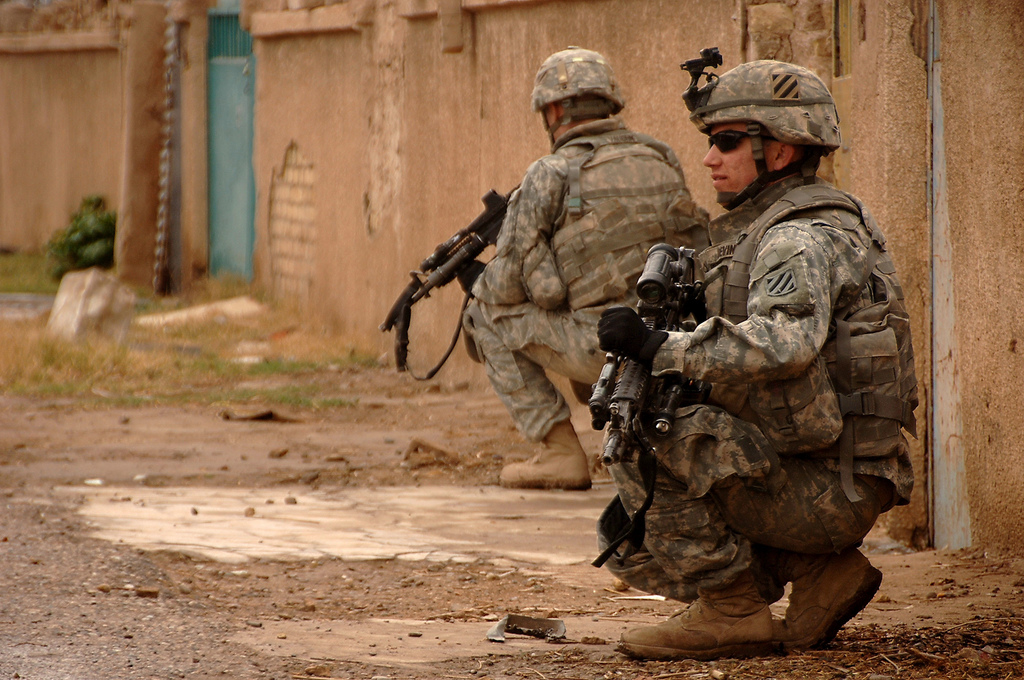
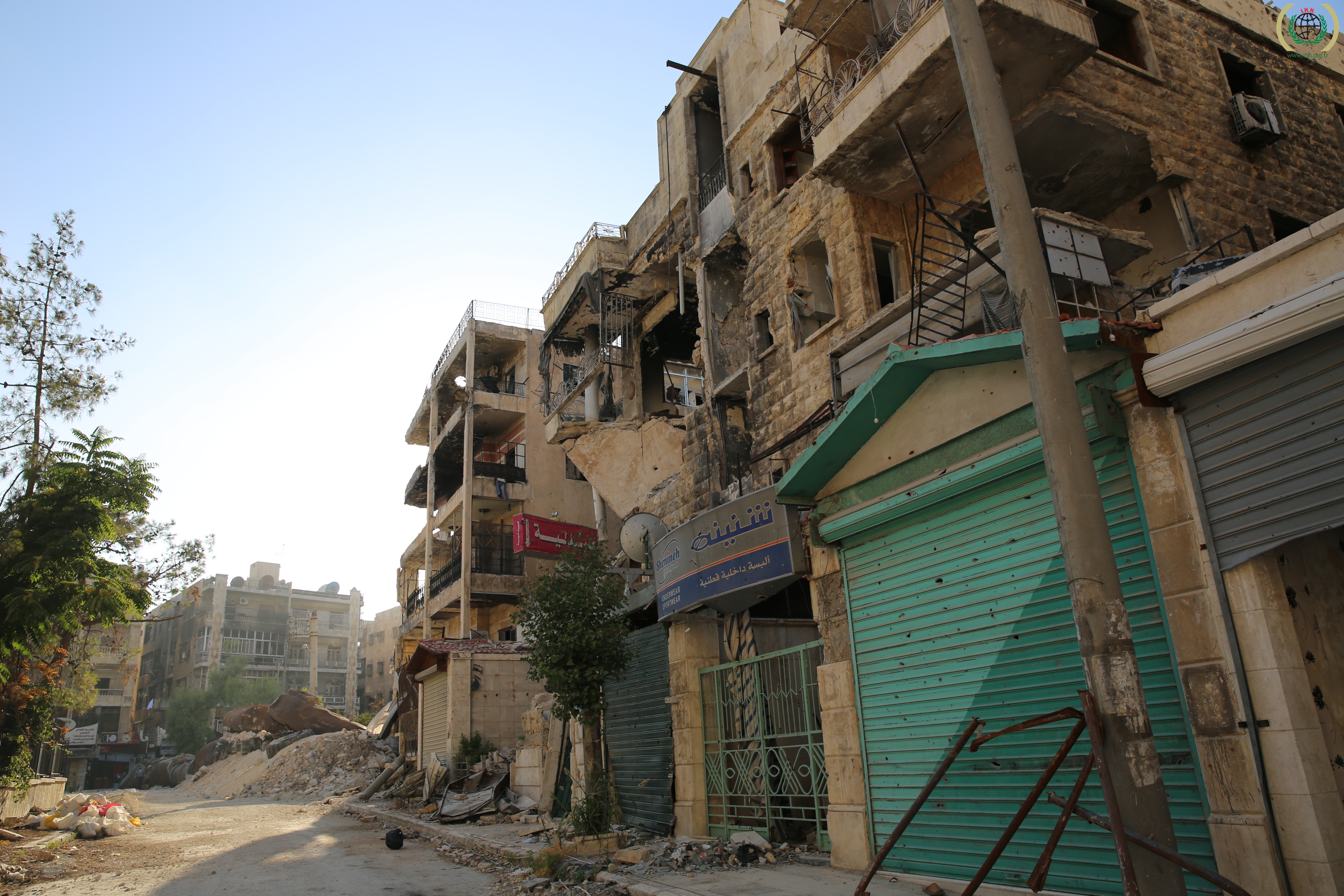
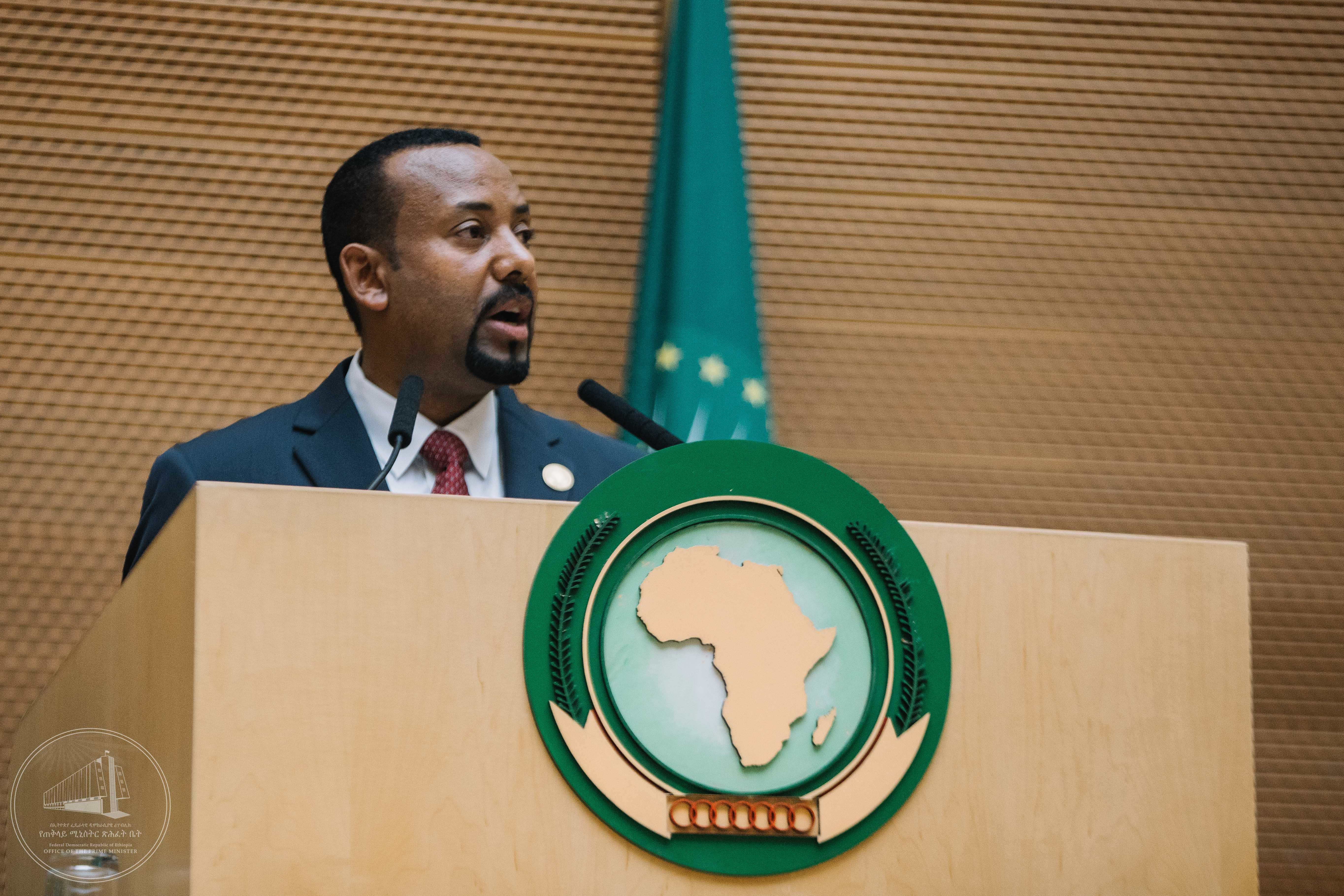

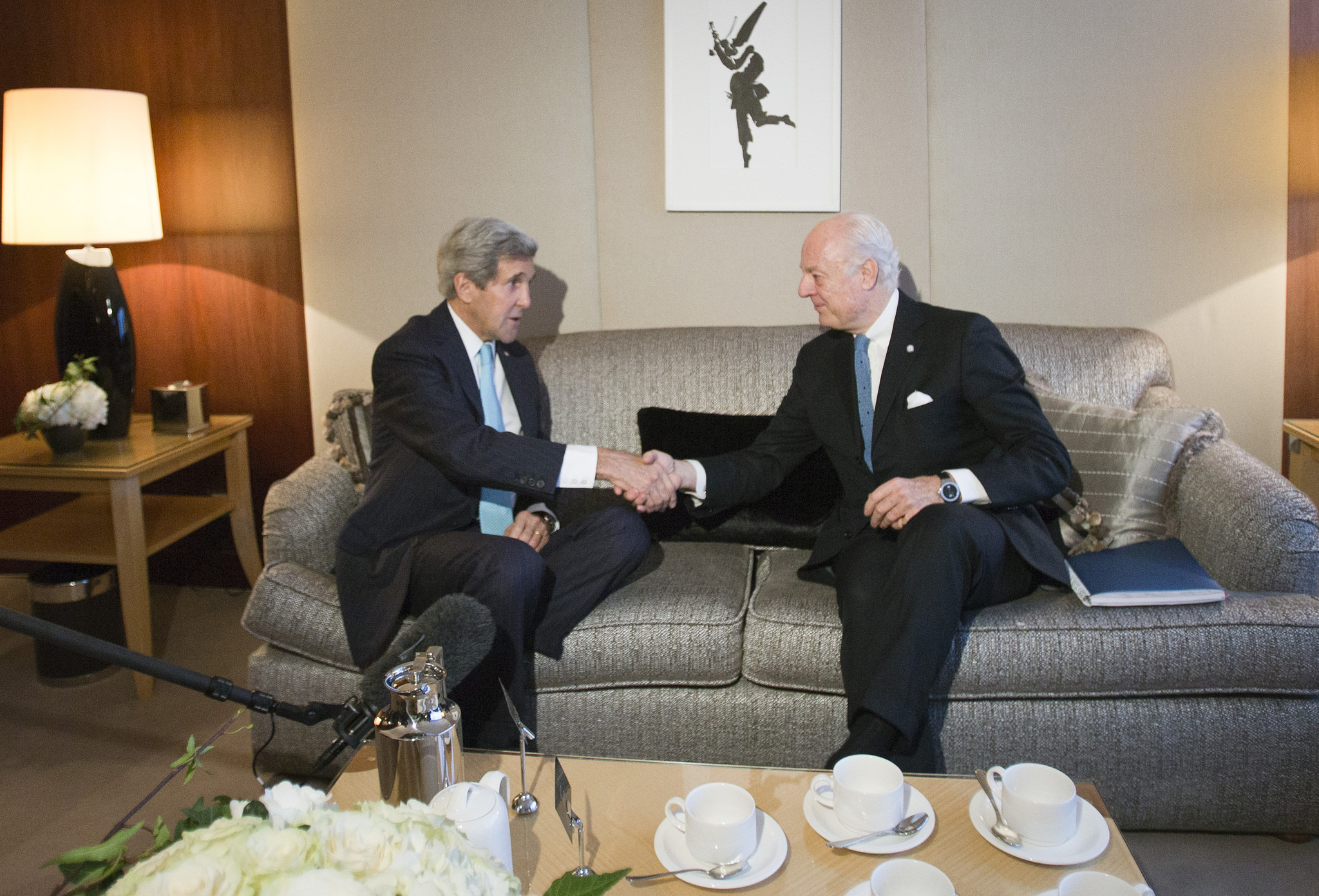
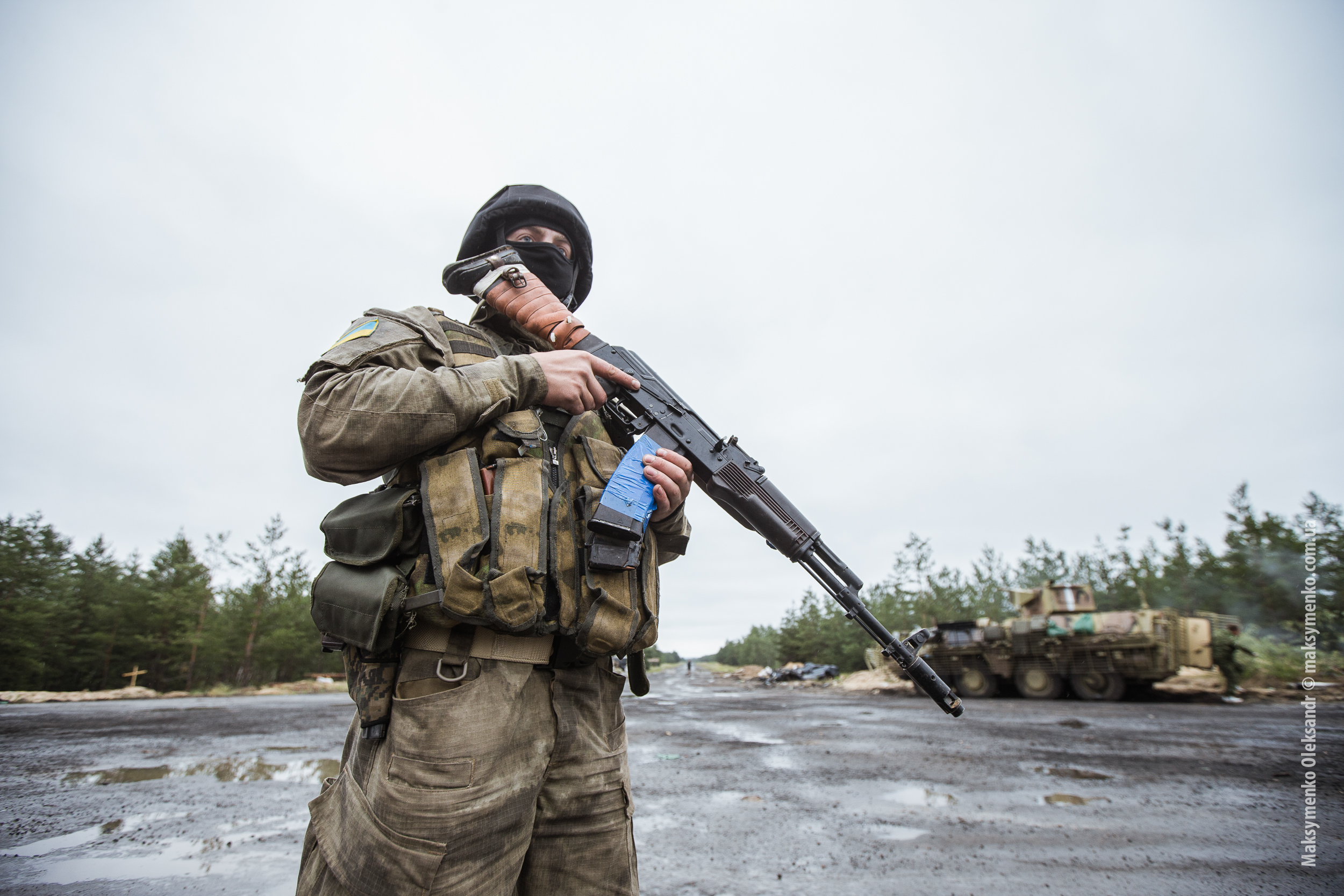

3 comments